Diving into the sun-kissed realms of citrus cultivation in Africa promises a journey rich in zest and economic promise. This guide serves as your compass through the citrus orchards, shedding light on the costs, profits, and country-specific production dynamics. Join us in this exploration where the art of citrus farming meets the science of financial growth, and discover the citrus tapestry that paints Africa’s agricultural landscape with vibrant hues.
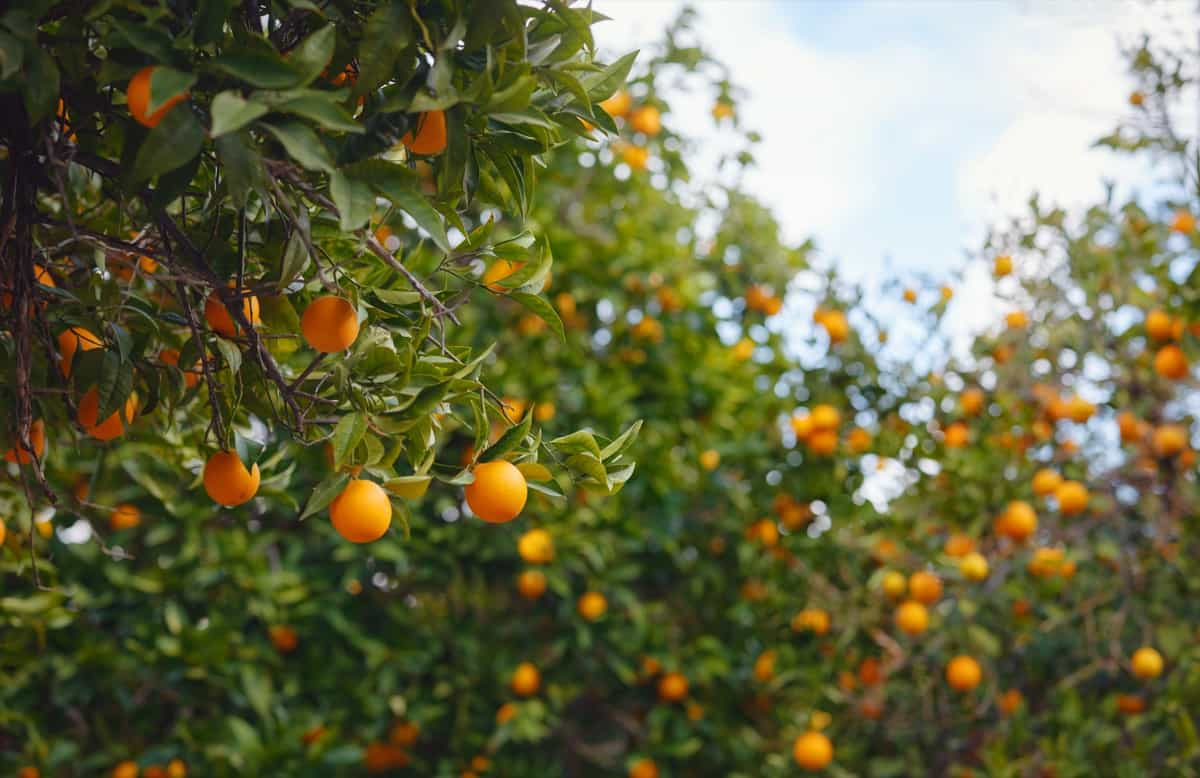
Citrus Cultivation in Africa: Overview and Market Potential
Citrus is one of the most important fruit crops in Africa, with a production of about 12.5 million tons in 2019, accounting for 20 percent of the global citrus output. Citrus fruits are grown in regions of the Continent, but the main producers are South Africa, Egypt, Morocco, Algeria, and Nigeria. Citrus cultivation in Africa provides income and employment opportunities for millions of farmers, traders, processors, and exporters, as well as food security and nutrition for consumers.
Citrus fruits in Africa have high market potential in both domestic and international markets. Domestic demand is driven by population growth, urbanization, income growth, and health awareness. The per capita consumption of citrus in Africa is estimated at 12.8 kg/year, which is lower than the global average. To increase consumption, improvements in the availability, affordability, quality, and diversity of citrus products are needed.
International demand is strong, particularly from the European Union (EU), where Africa exported 3.6 million tons of citrus fruits in 2019, accounting for 40% of EU citrus imports. Other major export markets include China, Russia, the Middle East, and the United States. Preferential trade agreements, African Growth and Opportunity Act, Economic Partnership Agreements (EPAs), and the African Continental Free Trade Area, further enhance the export potential of African citrus fruits.
Citrus Fruit Farming Costs and Profitability
The expenses involved encompass various aspects such as land preparation, planting materials, irrigation, fertilization, pest and disease control, harvesting, packing, transportation, and marketing. According to the Citrus Growers Association of South Africa (CGA) study in 2020, the average cost of producing one ton of citrus fruits in South Africa was R7,927 ($498). This cost varied across citrus types: R8,671 ($545) for oranges, R7,566 ($476) for grapefruit, R8,026 ($504) for lemons/limes, and R7,446 ($468) for soft citrus.
Regional disparities were notable, with costs ranging from R6,794 ($427) in KwaZulu Natal to R8,506 ($535) in Limpopo. In the same year, the average revenue from producing one ton of citrus fruits was R10,647 ($670). Revenue differences were evident among citrus varieties and regions.
In case you missed it: Cocoa Farming in West Africa: Exploring Cocoa Cultivation Industry from Cost to Profit
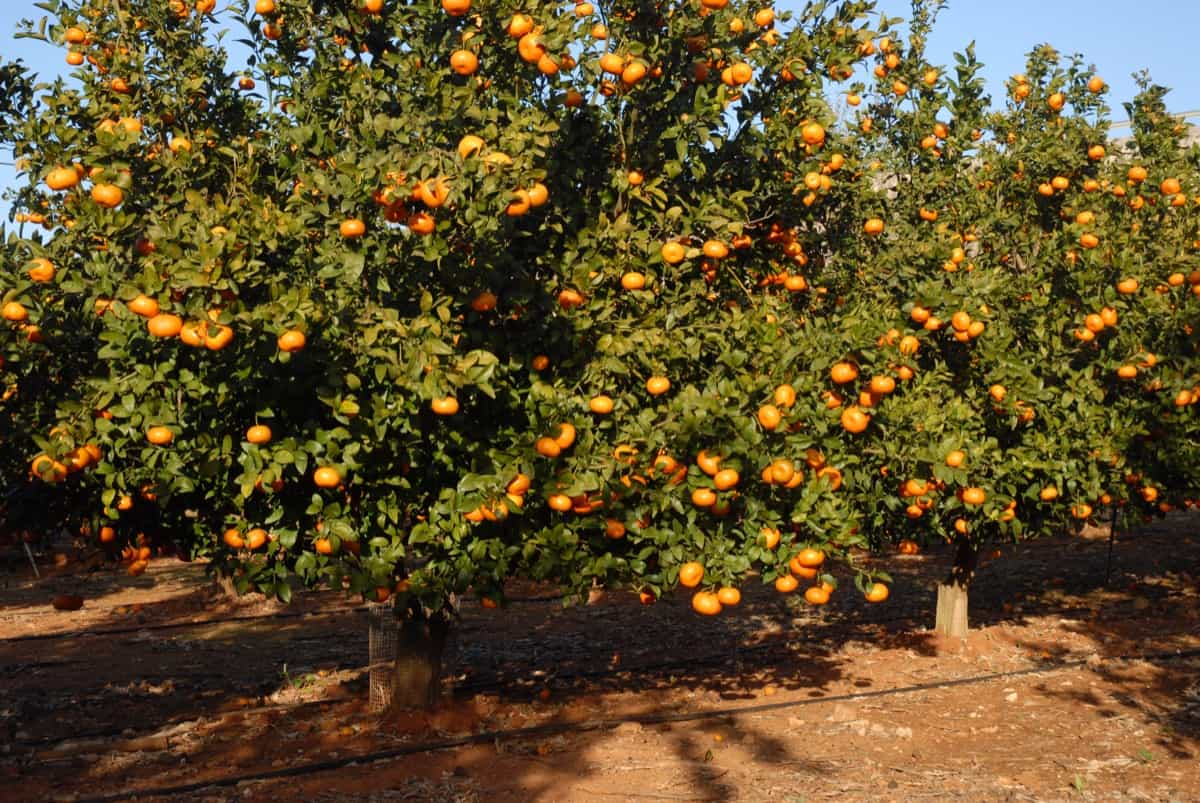
Profit margins averaged 34 percent, varying by citrus type (26 percent for oranges, 31 percent for grapefruit, 39 percent for lemons/limes, and 33 percent for soft citrus) and region (ranging from 30 percent in Limpopo to 51 percent in KwaZulu Natal). These figures underscore the economic viability of citrus farming in South Africa, emphasizing the importance of factors like yield, quality, variety, seasonality, market prices, and exchange rates in determining profitability.
Citrus Production by Country: Key Players and Market Shares
When it comes to production, China is the leader. With 44.6 million metric tons, it makes up 28% of the world’s output. After that come Brazil and India, with 12% and 9%, respectively. China mostly grows oranges and easy peelers. Brazil, on the other hand, makes and exports the most orange juice. India grows more citrus fruits than any other country, mostly lemons and limes.
Fourth and fifth in the world in terms of orange fruit production, Mexico and Spain make up 7% and 6% of the world’s total production, respectively. The United States gets a lot of fresh oranges and grapefruit from Mexico. In Europe, Spain grows and sends the most fresh easy peelers to the US.
The United States, Turkey, Iran, South Africa, and Egypt are some of the other major countries that grow citrus fruits. Together, they account for 3–4% of the world’s total production. The United States grows more oranges than any other country except China. However, recent years have seen a drop in production because of diseases and bad weather. Turkey and Iran mostly grow lemons and easy peelers. South Africa and Egypt, on the other hand, send a lot of fresh citrus fruits to Europe and Asia.
Climate and Soil Requirements for Citrus Cultivation in Africa
Citrus trees are subtropical plants that require warm and sunny conditions for optimal growth and fruit quality. Citrus trees can tolerate temperatures ranging from 13°C to 38°C, but they are sensitive to frost and extreme heat. Citrus trees also need adequate rainfall or irrigation water, preferably between 600 mm and 1,200 mm per year. Citrus trees prefer well-drained soils with a pH of 5.5 to 7.5, rich in organic matter and nutrients. Citrus trees can grow on a variety of soil types, but sandy loam and clay loam soils are ideal.
Citrus Varieties Suitable for African Conditions
Many citrus varieties can be grown in Africa, depending on the climatic conditions, market demand, and consumer preferences. Some of the most common citrus varieties grown in Africa are:
- Oranges: Navel, Valencia, Midknight, Cara Cara, Hamlin, Washington
- Grapefruit: Star Ruby, Marsh Seedless, Flame
- Tangerines/Mandarins: Clementine, Satsuma, Nova, Nadorcott
- Lemons: Eureka, Lisbon, Meyer
- Limes: Tahiti, Key
Citrus Pest and Disease Management in Africa
Citrus pests and diseases are major threats to citrus production in Africa, causing significant yield losses and quality deterioration.
- Pests: Citrus psylla, citrus leafminer, citrus thrips, fruit flies, scale insects, mealybugs, aphids, mites
- Diseases: Citrus greening (Huanglongbing), citrus tristeza virus (CTV), citrus black spot (CBS), citrus canker (CC), root rot (Phytophthora spp.), gummosis (Botryosphaeria spp.)
Citrus pest and disease management in Africa requires an integrated approach that combines cultural practices (such as sanitation, pruning, and mulching), biological control (such as natural enemies and biopesticides), chemical control (such as selective pesticides), and quarantine measures (such as inspection, certification).
In case you missed it: How to Start Shrimp Farming in South Africa: Requirements, Key Rules, Management, Cost, Subsidy, and Loans

Irrigation and Water Management in Citrus Farming
Irrigation and water management are essential for citrus farming in Africa, especially in areas with low or erratic rainfall. Irrigation can improve tree growth, fruit yield, and quality by providing adequate water and nutrients to the roots. Irrigation can also reduce water stress and heat stress on the trees. However, irrigation must be applied carefully to avoid overwatering or underwatering the trees, which can cause root rot or waterlogging.
The amount and frequency of irrigation depend on several factors, such as soil type, climate, tree age, tree size, crop load, and irrigation system. The most common irrigation systems used for citrus farming in Africa are drip irrigation and micro-sprinkler irrigation. These systems are efficient and precise in delivering water and fertilizers to the root zone of the trees.
Agronomic Practices for Optimal Citrus Production
Citrus is a group of fruit crops that includes oranges, lemons, limes, grapefruits, and mandarins. Citrus production in Africa is mainly done by small-scale farmers who face many challenges, such as pests, diseases, drought, poor soil fertility, and lack of access to markets. To improve the productivity, quality of citrus fruits, farmers need to adopt good agronomic practices that suit their local conditions.
- Selecting the optimal citrus type and cultivar that matches the soil, climate, and market demand of the region.
- Planned and laid out the new planting in a way that ensured adequate spacing, orientation, drainage, and irrigation.
- Preparing for establishing the trees by clearing the land, digging the holes, applying organic matter, and planting healthy and certified seedlings.
- Take care of the young trees by providing regular weeding, mulching, watering, pruning, fertilizing, and protecting them from pests and diseases.
- Keeping a record of everything to do with the orchard, such as inputs, outputs, costs, revenues, problems, and solutions.
These practices can help farmers to increase their yield and income from citrus production in Africa. However, they also require careful planning, monitoring, and evaluation to ensure their effectiveness and sustainability.
Citrus Fruit Processing and Value Addition in Africa
Citrus fruit processing and value addition are ways of increasing the income and shelf life of citrus fruits in Africa. Citrus fruits can be processed and value-added into various products such as:
- Juice: Extracting the juice from the fruits; pasteurizing or concentrating the juice; packaging the juice in bottles, cans, or cartons
- Oil: Extracting the oil from the peel or pulp of the fruits; distilling or cold-pressing the oil; packaging the oil in bottles or jars
- Peel: Drying or candying the peel of the fruits; using the peel as a flavoring agent, animal feed, or fertilizer
- Pulp: Drying or freezing the pulp of the fruits, using the pulp as a source of pectin, fiber, or animal feed
- Jam: Cooking the pulp and peel of the fruits with sugar and water; adding preservatives or spices; packaging the jam in jars or sachets
In case you missed it: How to Start Organic Farming in South Africa: Key Rules, Certification, Business Plan, Crops, and Management
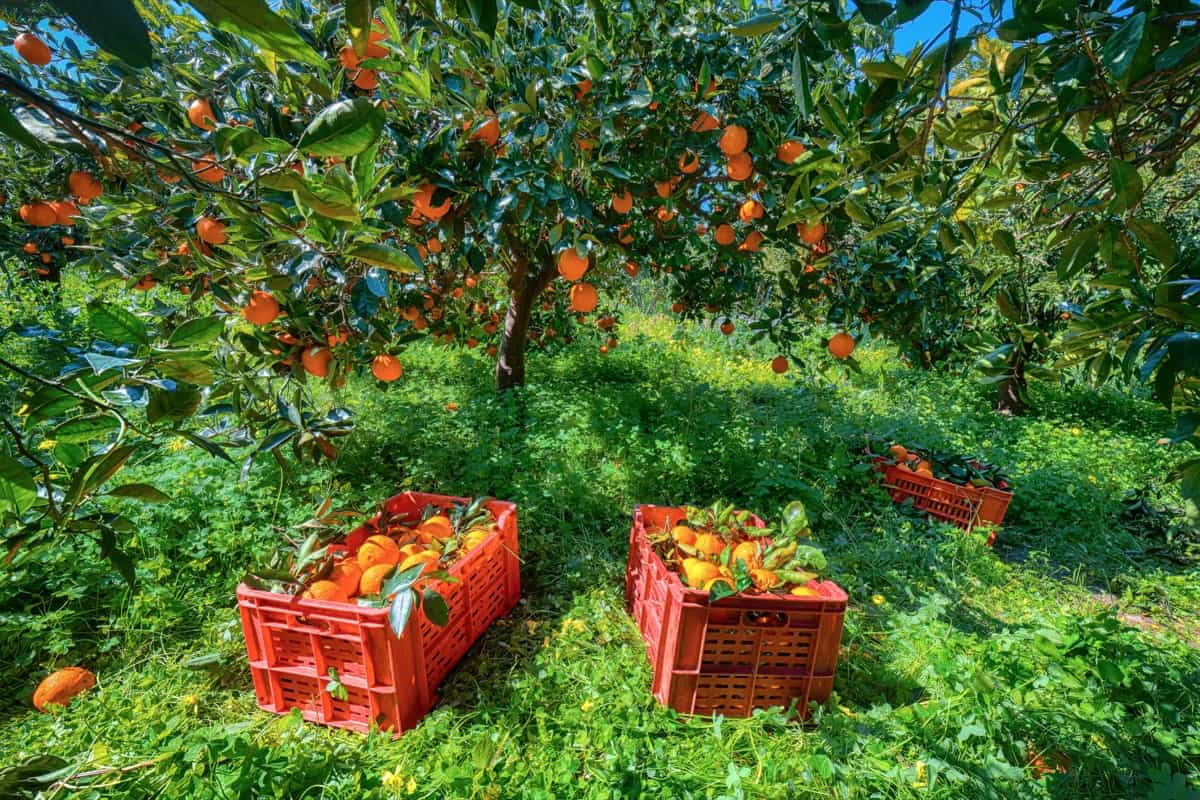
Citrus Export Market and Trade Opportunities
Citrus growers in Africa have abundant export markets and trade opportunities due to the high demand for fresh and processed citrus products in regional and international markets. These markets include African countries like Kenya, Uganda, Tanzania, Zambia, Zimbabwe, Botswana, Namibia, Angola, Mozambique, and Madagascar, and European countries like the Netherlands, United Kingdom, Germany, France, Spain, Italy, and Italy.
Trade agreements like the African Continental Free Trade Area, the African Growth and Opportunity Act, Economic Partnership Agreements (EPAs), Generalized System of Preferences (GSP), and Everything But Arms (EBA). Challenges include pest and disease outbreaks, climate change, market access barriers, policy constraints, infrastructure gaps, and skills shortages. Opportunities include:
- Diversifying citrus varieties.
- Adopting improved technologies.
- Integrating smallholder farmers.
- Promoting regional cooperation for trade and development.
Policies and Regulations Governing Citrus Cultivation in Africa
Plant health regulations prevent pest and disease spread, while food safety regulations ensure the quality and safety of citrus products. Trade regulations facilitate export and import across borders, while environmental regulations protect natural resources and biodiversity. Social regulations promote the welfare and rights of citrus workers and communities.
Citrus Fruit Production by Country in Africa
| Country | Production (tonnes) |
| South Africa | 6,840,000 |
| Egypt | 3,600,000 |
| Morocco | 2,200,000 |
| Algeria | 1,100,000 |
| Tunisia | 1,050,000 |
| Nigeria | 900,000 |
| Ethiopia | 650,000 |
| Sudan | 500,000 |
| Tanzania | 400,000 |
| Ghana | 300,000 |
In case you missed it: Hydroponic Farming in South Africa: How to Start, Crops, and Cultivation Practices
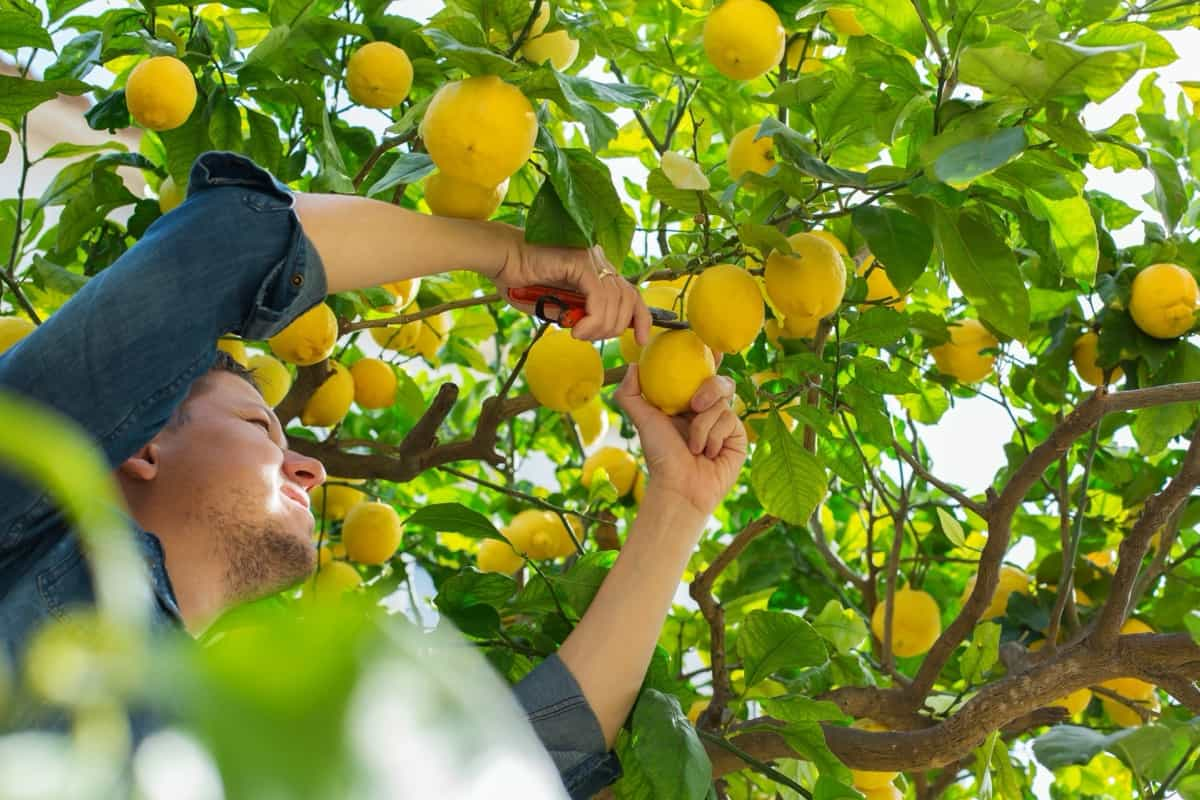
Citrus Fruit Farming Cost on the African Continent
The type of citrus variety, land size, irrigation system, fertilizers and pesticides, labor type, and harvesting and post-harvest handling techniques are just a few of the variables that affect the cost of citrus fruit farming in Africa. The average cost of producing one tonne of oranges in South Africa was $0.18 per kg.
This cost included variable costs (such as irrigation water, fertilizers, and pesticides) and fixed costs (such as land rent and depreciation). The study also found that South Africa had a lower cost of production than other major orange-producing countries, such as Brazil ($0.21 per kg), Spain ($0.28 per kg), and the United States ($0.32 per kg).
Citrus Fruit Farming Profit African Continent
Citrus fruit farming is a profitable and sustainable activity in differnt parts of the African Continent. There is a lot of vitamin C and antioxidants in citrus fruits, and they are very popular in both local and foreign markets. The US Foreign Agricultural Service says that South Africa will send a record 2.7 million tons of citrus fruits in the marketing year 2021/22.
South Africa sends 10% of the world’s citrus fruits, making it the second biggest producer in the world. Morocco, Egypt, Algeria, Tunisia, Ethiopia, Kenya, Tanzania, Zimbabwe, and Zambia are some other African countries that grow citrus fruits. The total income from sales depends on the yield and quality of the fruits, as well as the market prices.
Citrus producers in South Africa can achieve yield of 40 tons per hectare and an average price of R5 000 per ton for export-quality fruits. This means that the total income from sales would be R200 000 per hectare. Assuming that the total cost of cultivation is R100 000 per hectare (based on an estimate by Springer), the profit would be R100 000 per hectare.
Citrus fruit farming is a lucrative business in Africa, but it also faces some challenges and risks. Some of these include rising input costs, higher shipping rates, new phytosanitary regulations imposed by some importing countries, inflationary pressures on consumers in key markets, and infrastructure inefficiencies. These factors can reduce the profitability and competitiveness of the sector and affect its growth potential.
In case you missed it: How to Control Pests and Diseases in Oranges: Causes, Symptoms, Chemical, and Biological Management
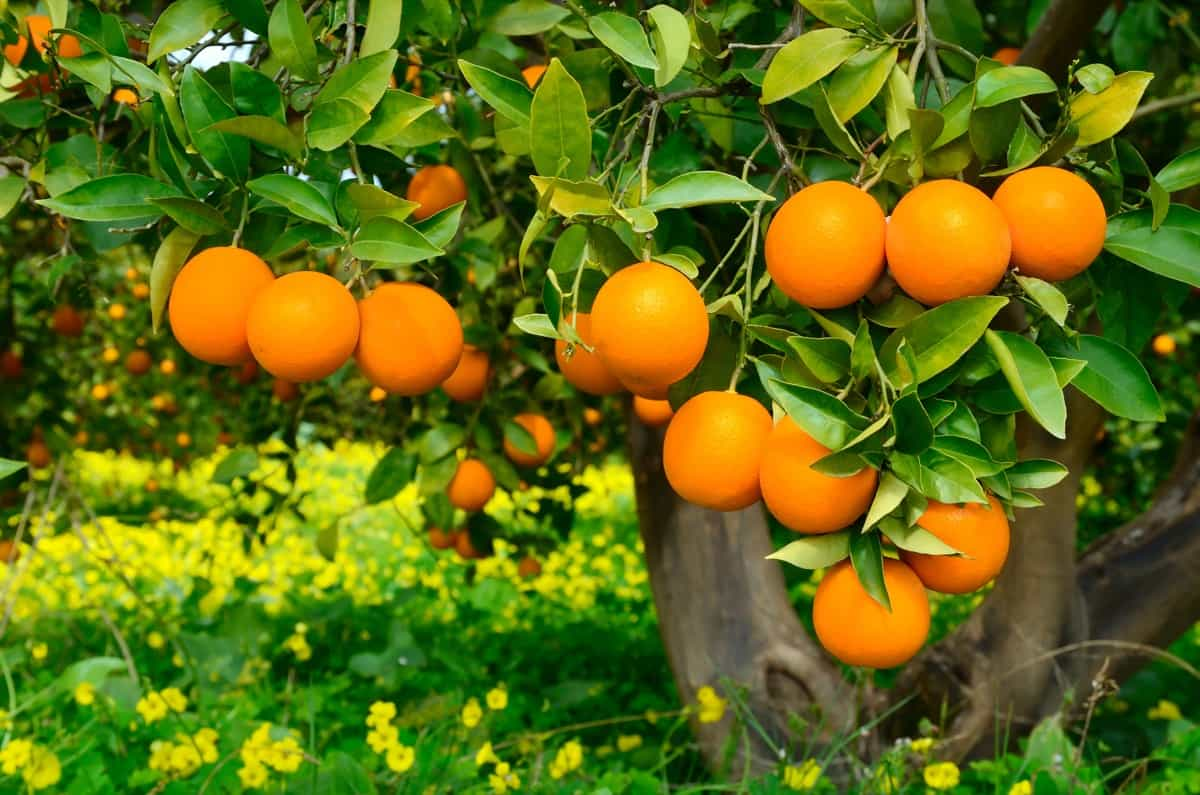
Conclusion
Citrus cultivation in Africa exhibits diverse production scenarios. South Africa leads with 6,840,000 tonnes, followed by Egypt and Morocco. While offering economic opportunities, factors such as farming costs and profits vary across nations. Understanding these nuances is crucial for sustainable citrus fruit farming in the Continent.
- Types of Pesticides Used in Agriculture: A Beginner’s Guide
- Economical Aquaculture: A Guide to Low-Budget Fish Farming
- 15 Common Planting Errors That Can Doom Your Fruit Trees
- How to Make Houseplants Bushy: Effective Tips and Ideas
- Innovative Strategies for Boosting Coconut Pollination and Yield
- Pollination Strategies for Maximum Pumpkin Yield
- The Complete Guide to Chicken Fattening: Strategies for Maximum Growth
- Natural Solutions for Tulip Problems: 100% Effective Remedies for Leaf and Bulb-Related Issues
- Revolutionizing Citrus Preservation: Towards a Healthier, Greener Future
- Natural Solutions for Peony Leaf and Flower Problems: 100% Effective Remedies
- Maximizing Profits with Avocado Contract Farming in India: A Comprehensive Guide
- Natural Solutions for Hydrangea Problems: 100% Effective Remedies for Leaf and Flowers
- The Ultimate Guide to Choosing the Perfect Foliage Friend: Bringing Life Indoors
- From Sunlight to Sustainability: 15 Ways to Use Solar Technology in Agriculture
- The Ultimate Guide to Dong Tao Chicken: Exploring from History to Raising
- The Eco-Friendly Makeover: How to Convert Your Unused Swimming Pool into a Fish Pond
- Mastering the Art of Delaware Chicken Farming: Essentials for Healthy Backyard Flocks
- 20 Best Homemade Fertilizers for Money Plant: DIY Recipes and Application Methods
- How to Craft a Comprehensive Free-Range Chicken Farming Business Plan
- Brighten Your Flock: Raising Easter Egger Chickens for Beauty and Bounty
- How to Optimize Your Poultry Egg Farm Business Plan with These Strategies
- Subsidy for Spirulina Cultivation: How Indian Government Schemes Encouraging Spirulina Farmers
- Ultimate Guide to Raising Dominique Chickens: Breeding, Feeding, Egg-Production, and Care
- Mastering the Art of Raising Jersey Giant Chickens: Care, Feeding, and More
- Ultimate Guide to Raising Legbar Chickens: Breeding, Farming Practices, Diet, Egg-Production
- How to Raise Welsummer Chickens: A Comprehensive Guide for Beginners
- How to Protect Indoor Plants in Winter: A Comprehensive Guide
- Ultimate Guide to Grow Bag Gardening: Tips, Tricks, and Planting Ideas for Urban Gardeners
- Guide to Lotus Cultivation: How to Propagate, Plant, Grow, Care, Cost, and Profit
- Agriculture Drone Subsidy Scheme: Government Kisan Subsidy, License, and How to Apply Online
- Ultimate Guide to Raising Araucana Chickens: Breed Profile, Farming Economics, Diet, and Care
- Bringing Hydroponics to Classroom: Importance, Benefits of Learning for School Students
- Ultimate Guide to Raising Polish Chickens: Breed Profile, Farming Economics, Diet, and Care
- Ultimate Guide to Raising Australorp Chickens: Profile, Farming Economics, Egg Production, Diet, and Care
- Silkie Chicken Farming: Raising Practices, Varieties, Egg Production, Diet, and Care
- Sussex Chicken Farming: Raising Practices, Varieties, Egg Production, Diet and Care